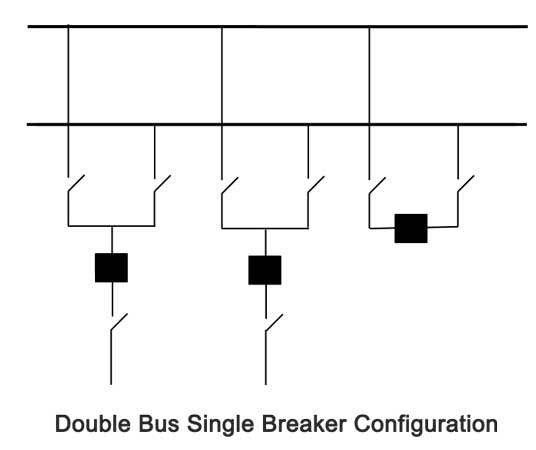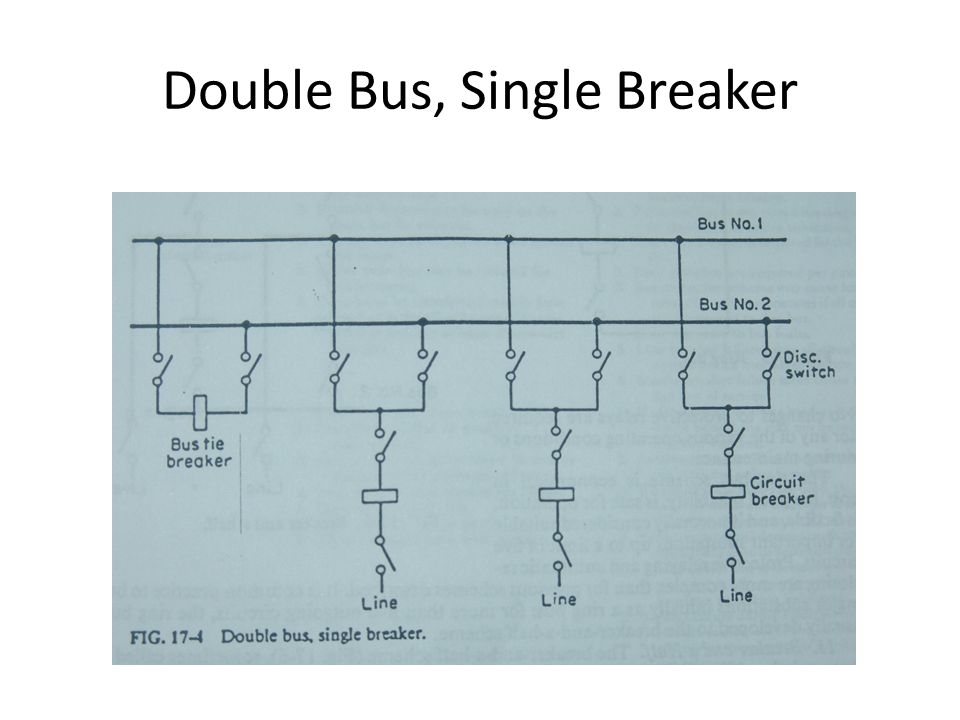I know you are referring to isolators N9801 and N9802- however, when when both breaker N1105 and N1102 are closed, the north and south buses are "shorted" together in essence becoming one bus. What ever voltage and phase angle difference that may appear between the north and south bus go away when both breakers N1105 and N1102 are closed.
So when you say “ I'm incorrect” you are just jumping the gun. 
Due to the lack of voltage and phase angle difference, its possible to close N9802
while N9801 is closed, and then open N9801. At worse case N9801 will be breaking 1500amps at 100 volts. This may melt some arc whiskers (for those that have them), but beside that most disconnects will tolerate it well.
In fact IEC 62271-102 Annex B has a standard on this exact concept. To my knowledge the IEEE does not have this standard, but the manufacturer can give the green light on being able to do it.
Under normal conditions N1105 and N1102 are closed, and as seen here each bay is either connected to the north or south bus. During a bus fault or breaker failure, dynamic bus logic is used to only open the breakers connected to the effected bus.
So, if say the south bus had a fault, bus differential would send a trip signal to breakers P3201, P3202, N8503, N9409 and N1102 clearing half the bays only. Everything connected to the north bus would remain energized. Same goes visa-versa for a north bus fault.
The bus trip logic is determined by the position of the isolators. When an isolator closes into a bus, its differential is included into the zone of protection, when an isolater opens differential is excluded from the zone of protection- as BF. An overall static "checkzone" is used in the dynamic differential logic to make it more secure.
There is also a backup involving step distance and associated time delays if the bus protection is unavailable- but the busbar protection and breaker fail philosophy falls outside of the discussion.
P3301 can be ignored as it feeds 230kv to another set of busbars.







